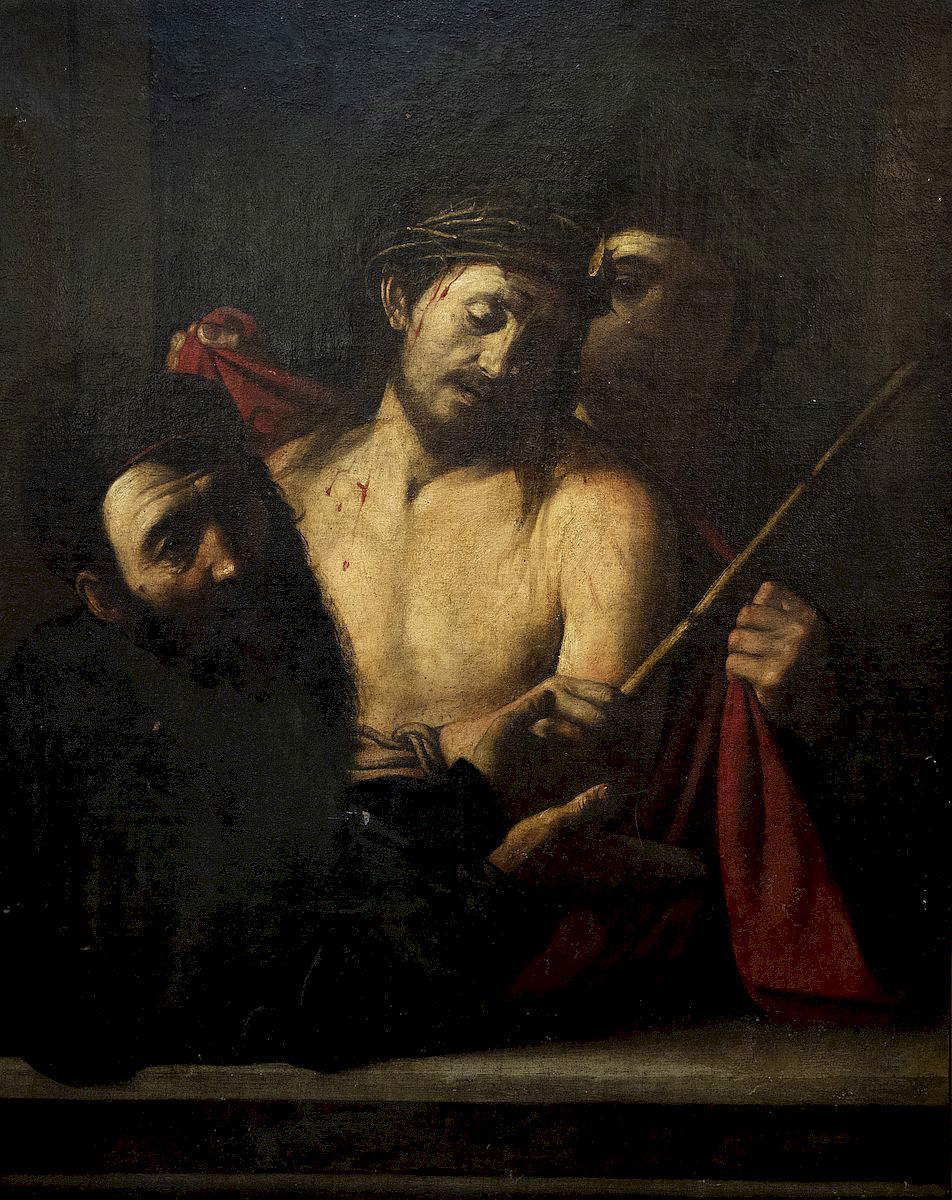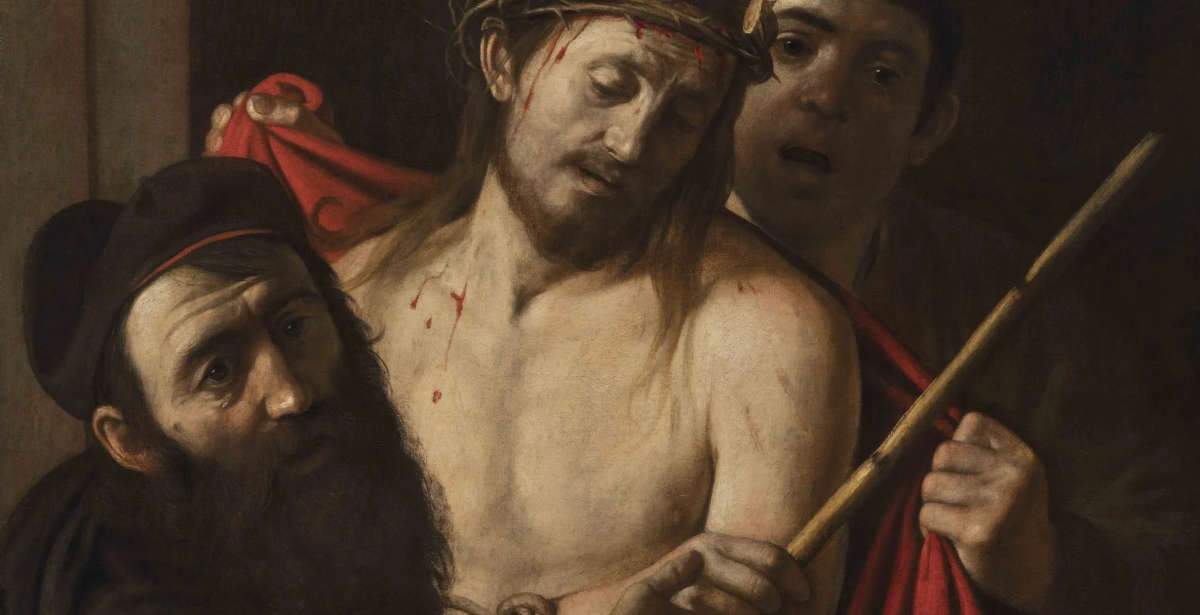Caravaggio's Ecce Homo discovered in 2021 goes on display at Prado in Madrid
The Prado Museum and Colnaghi announce the loan of the famous masterpiece by Caravaggio (Milan, 1571 - Porto Ercole, 1610),Ecce Homo discovered in 2021, to the great Madrid museum at the request of the painting’s new owner. The Prado Museum will present the work on May 28 in a special exhibition, which will remain on display until October 2024. Created by the Italian artist around 1605-09, and once part of the private collection of Philip IV of Spain, the painting is one of only 60 known works by Caravaggio in existence.
After the Prado Museum informed the Spanish Ministry of Culture of the importance of the painting reappearing at auction at the Ansorena auction house in April 2021, attributed to a pupil of José de Ribera, the work was entrusted to the custody of the Colnaghi Art Gallery, in collaboration with Filippo Benappi, Benappi Fine Art, and Andrea Lullo - Llull Pampoulides. The painting underwent a restoration overseen by specialist Andrea Cipriani and his team, supervised by experts from the regional government of the Comunidad de Madrid. The results of the process are detailed in a publication that includes contributions from experts in the field such as Keith Christiansen, Gianni Papi, Giuseppe Porzio and Maria Cristina Terzaghi, which will be published simultaneously with the opening. Each of them examined the painting from different perspectives, including the circumstances of its discovery, provenance, stylistic, technical and iconographic aspects of the work, as well as its critical reception and the influence the master left in Naples.
The Ecce Homo has been one of the greatest recent discoveries and has received wide consensus on its authenticity. Thanks to a thorough diagnostic investigation conducted by Claudio Falcucci, a nuclear engineer specializing in the application of scientific techniques to the study and conservation of cultural heritage, the restoration was carried out with great care and precision. The painting, a highly expressive oil on canvas, depicts the historical moment when the Roman governor Pontius Pilate presents Christ to the people with the words “Ecce homo!” (“Behold the man”), as recorded in the Gospel of John (19:5). The work can be considered an example of Caravaggio’s compositional mastery, presenting a three-dimensional and dynamic scene while remaining faithful to established iconographic tradition. The unveiling of the work Ecce Homo and the announcement of its loan are accompanied by a collaborative publication entitled Caravaggio: The Ecce Homo Unveiled, which brings together leading experts in the field and includes seminal essays by Christiansen, Papi, Porzio, and Terzaghi. This publication testifies to the monumental importance of the work and provides a fundamental starting point for understanding this new addition to Caravaggio’s artistic corpus.

 |
| Caravaggio's Ecce Homo discovered in 2021 goes on display at Prado in Madrid |
Warning: the translation into English of the original Italian article was created using automatic tools. We undertake to review all articles, but we do not guarantee the total absence of inaccuracies in the translation due to the program. You can find the original by clicking on the ITA button. If you find any mistake,please contact us.




























